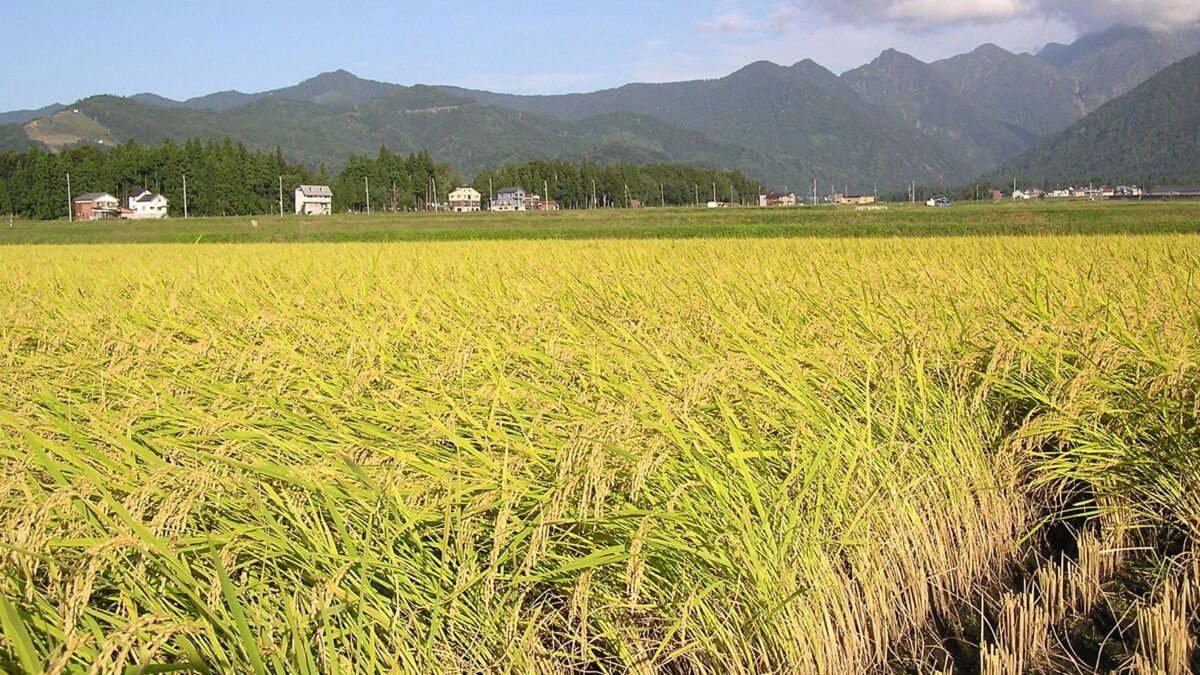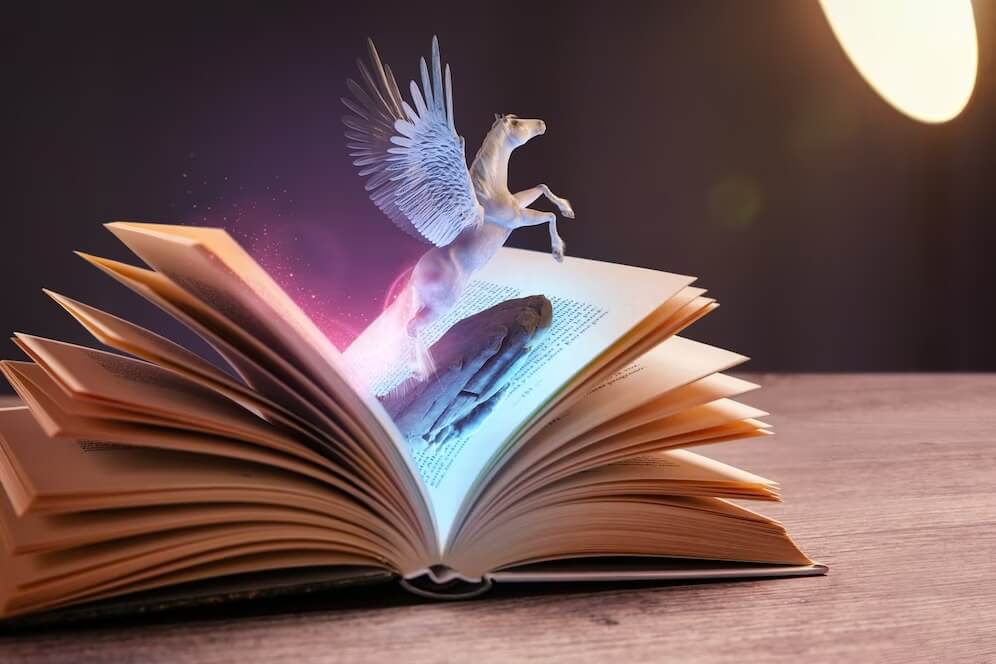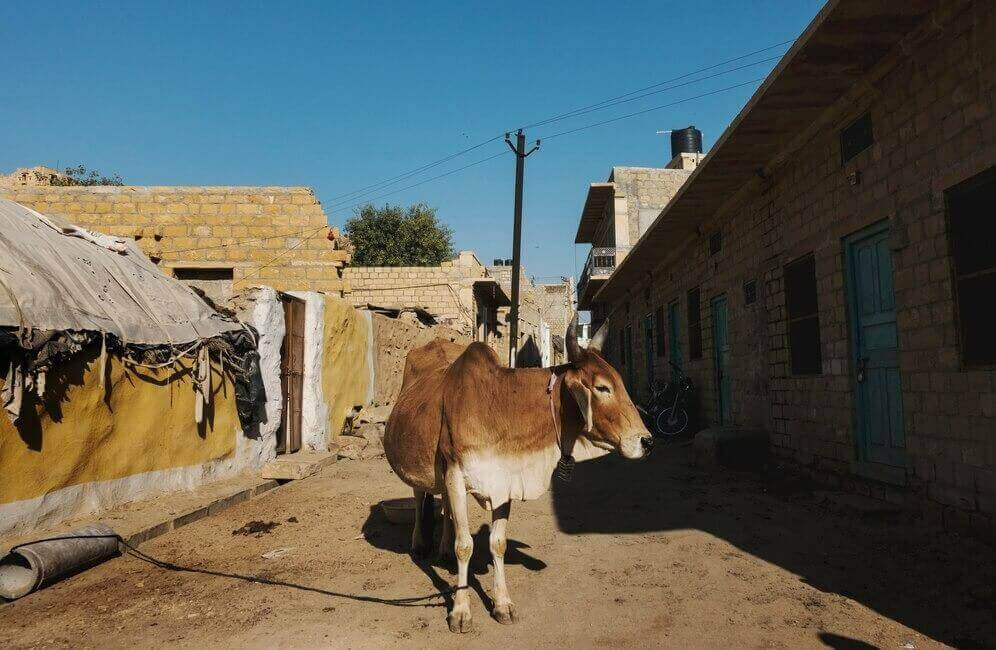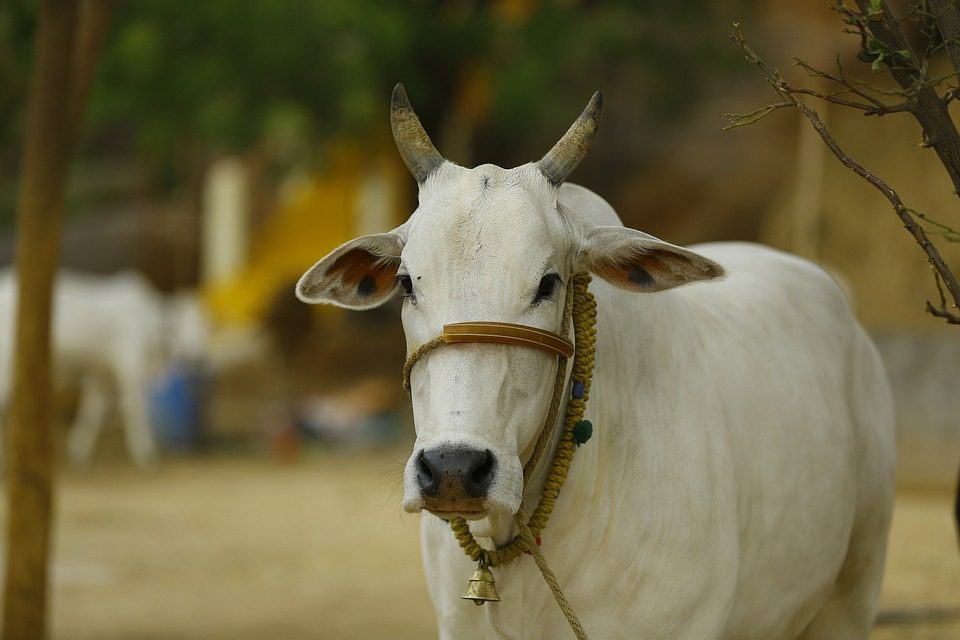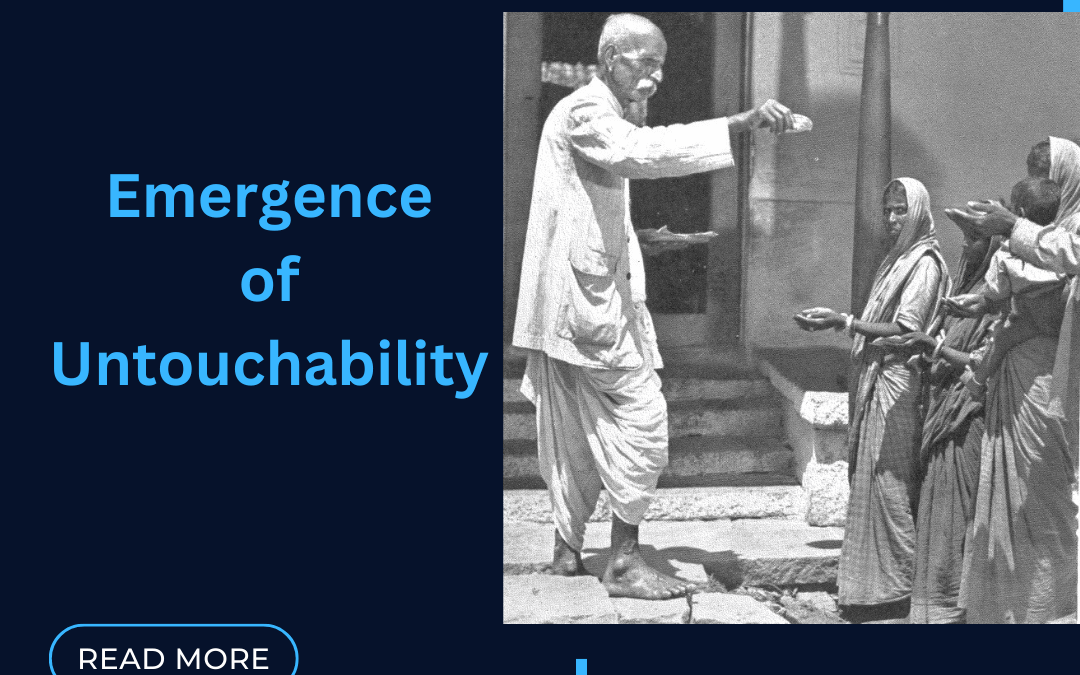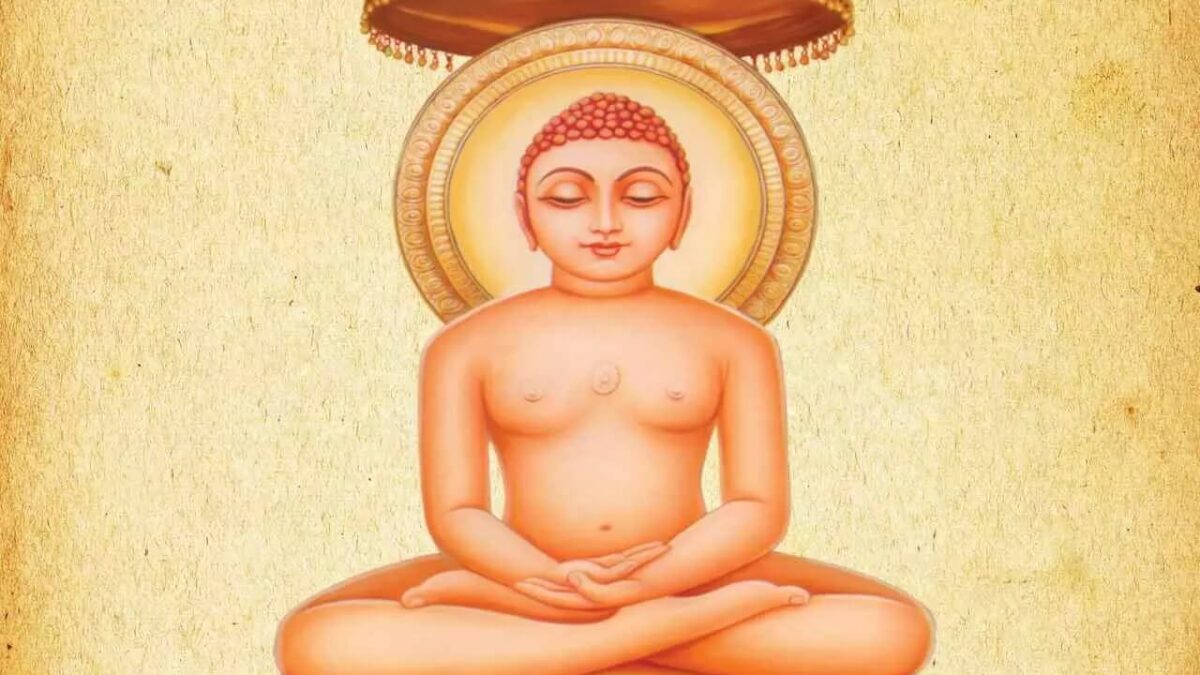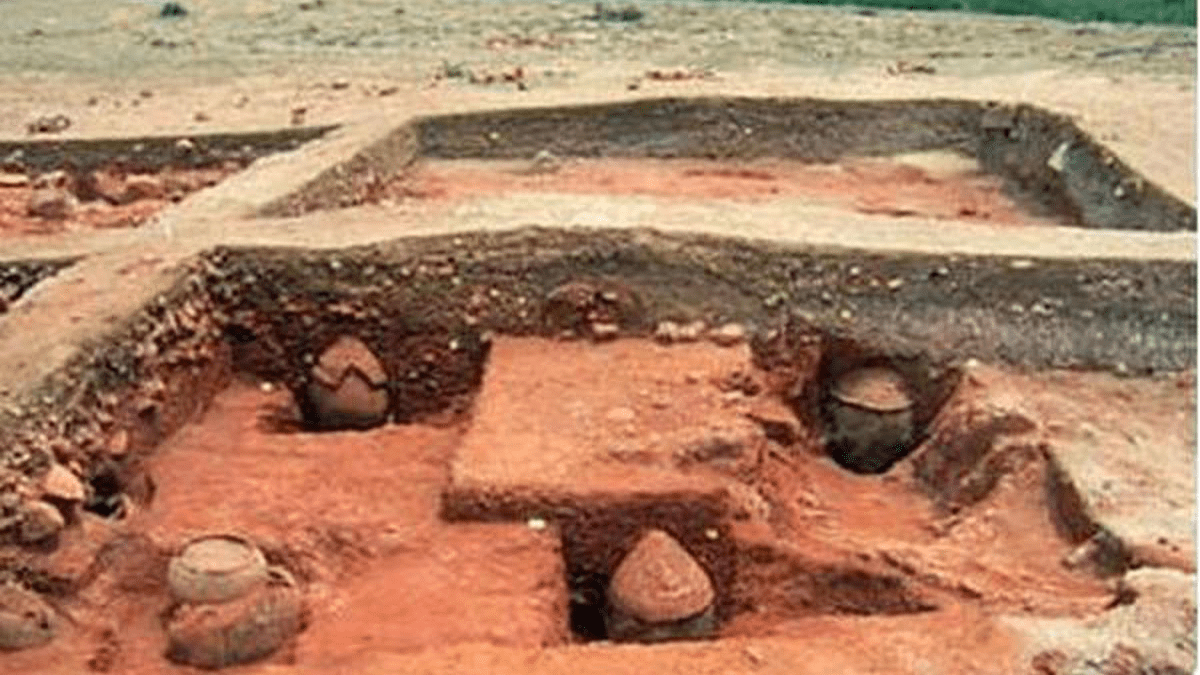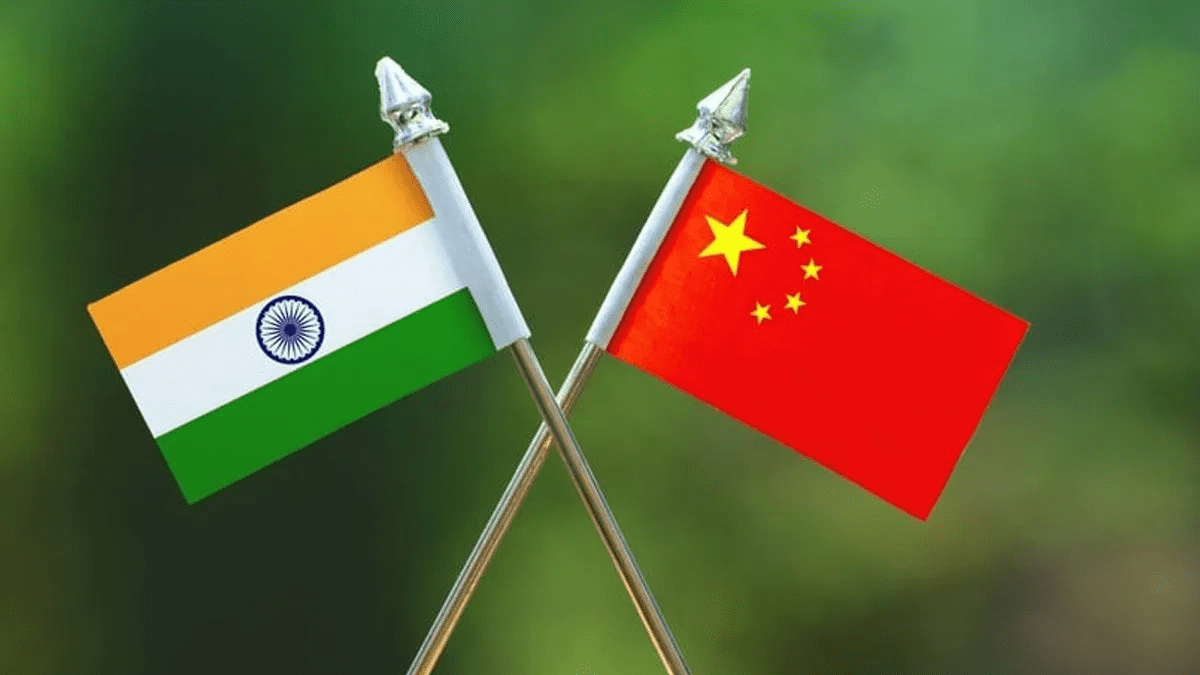Reference is made to the mahajanapadas or the great janpadas, large and more powerful than earlier multiple janapadas by the time of 600 B.C. 16 Majanpadas and their kings are listed in Buddhist texts. As those of Anga, Magadh, Vrijji […]
By the time of 600 B.C., India had mainly two types of the political system – monarchical system and republic states. In the monarchical system, powers were concentrated in the hands of rulers. There was no freedom of expression or […]
In the Hindu religion, cows are sacred animals. Hindu people worship her. In religious scripture, the killing of cows is forbidden. There are references to punishment in old religious texts if a cow is slaughtered. The question is raised, why […]
The cow has a sacred place in Indian society. Generally, the consumption of beef is avoided by the Hindu people. This is because of the myth of the holy cow. The historian D.N.Jha had broken this myth in his book […]
600 B.C. is the period of Gautam Buddha, the founder of Buddhism. This period is also called the Second Urbanization. Up to 600 B.C., the four varnas i.e. Brahman, Kshatriya Vaishya and Shudra strengthened their foundation. The fifth class i.e. […]
Vardhaman Mahavir was born in 540 B. C. in a village called kundagram in north Bihar. He abandoned worldly life at the age of 30 and became an ascetic. When he reached the age of 42, he attained the Kaivalya […]
Adichanallur is an archaeological site in Tamil Nadu. It is 15 km away from the capital of the early Pandya kingdom, Korkai. The recent excavation at Adichanallur revealed that the human skeleton remains did not quite match the biological structure […]
In the first half of the seventh century, there were three powers in this part of the world. These were the Tang dynasty in China under emperor Taizong, the North Indian empire under Harshvardhan and the Tibetan empire under Songsten […]

